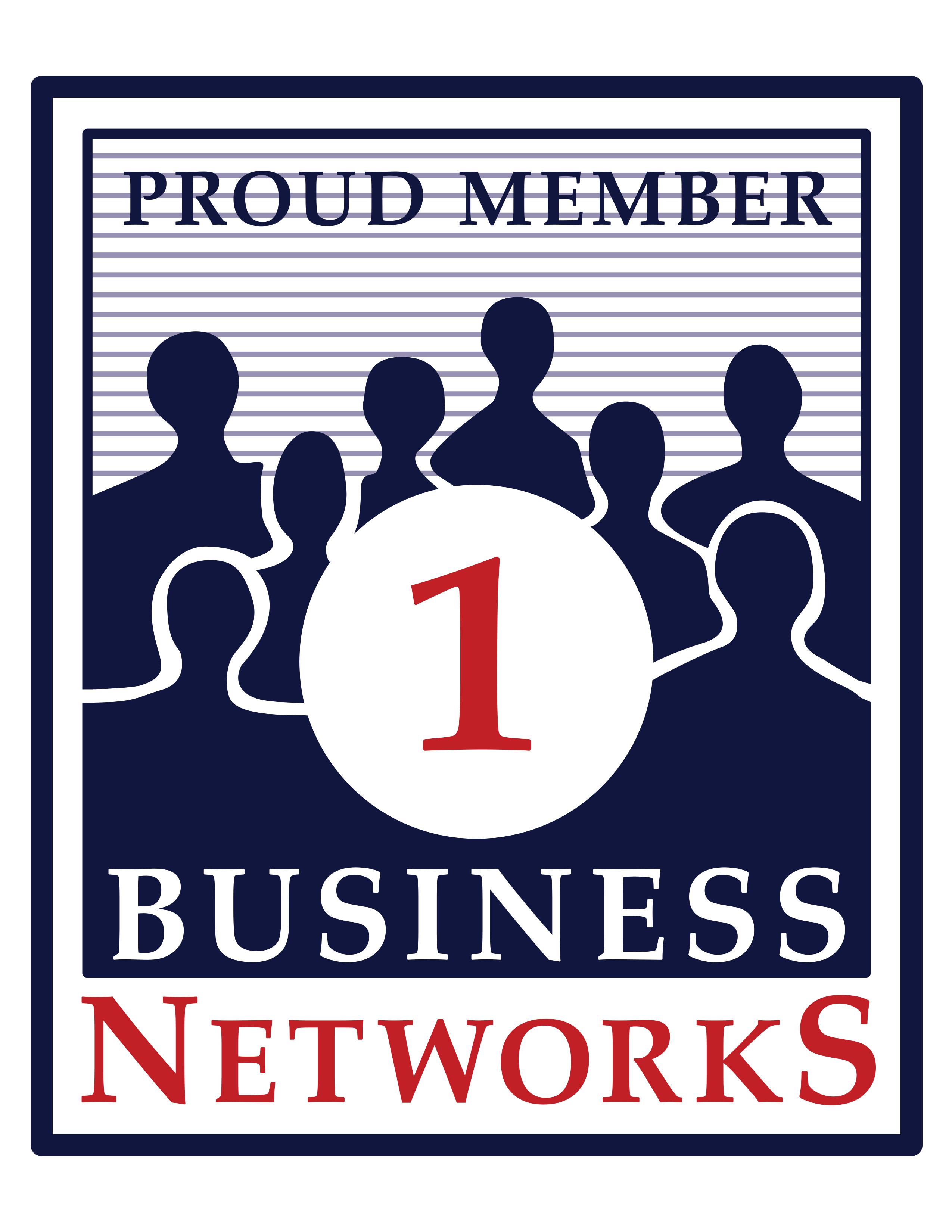What is the Right Mix of Business? | Business Networks


What percent of business can you afford to lose? The typical answer is that you cannot afford to lose any of your volume without a major shock to both you and your business. Let me relate three incidences of what happened to three of my clients and how they responded to a loss of volume as a result of “being removed from a program”:
Company No. 1: The restoration company was doing a seven-figure volume with three offices; however a major program account of theirs decided to enact a change in management. The new regional program manager decided to stop giving business to the restoration company because the manager felt that the company was receiving too much business from his region. The manager cut them off in one day with no advanced warning. His only reason for doing so was that he felt they were receiving too much of his region’s business. The company should have shut down one of their three offices to cut overhead. Instead, they felt that it would be just a short time before they were back on the program. The restoration company did not cut overhead and it took a full year to get back on the company’s program work.
Company No. 2: The owner of the restoration company described what happened in the following manner: He had been a contractor vendor with this company for many years. They told all of their contractor vendors to give them a bid regarding how inexpensively they would do all of their future work, while still expecting quality and timeliness on the jobs. They were also told that only 25% of the contractors would be staying on the program and that 75% of them would be let go. One description of this was that it was like issuing every contract a sharp knife and the last 25% standing would be the “successful bidders.” After researching their database, the restoration company discovered that they were receiving less than 1.5% of their business from the program. They also discovered, because of software that they use, that they were constantly being asked to look at small jobs that they were told they would not be getting, but the vendor program needed a price to cash out the policyholder. The restoration company thought about what they should do. The result was that they thanked the program vendor for all of the previous business that he had been giving and wished him well in his future efforts.
Company No. 3: The restoration company was told that their bid for future work was too high and that the insurance company was going to go with the low bidders. The gut shot was that the restoration company lost half of its seven-figure volume in one day as a result of the insurance company’s actions. Now you can get all hissy and puffed up about how long you’ve worked for the program and what great work you’ve done for them, but the bottom line is that they believed they were being charged too much for the work that they were having done. Besides, it’s not personal, it’s just business.
So now that you have lost the business, what should you do? Here are some suggestions:
Stay away from high places, down people and any kind of weapons.
You must cut your overhead immediately in proportion to the loss of revenue you have just experienced and then evaluate the cuts. Unfortunately, it usually takes a minimum of 90 days to recognize if you have a problem. It then takes a minimum of 90 days to decide what to do about it. It then takes a minimum of 90 days to do something. If you do the math, that’s a minimum of nine months before you usually take action.
Now the multi-million dollar question is how do you replace the lost business and not get yourself into the same bind again. Let me give you some suggested parameters that may get you going in the right direction:
You, the owner, need to decide what percentage of work that you do not want to exceed from any one source of business. I would suggest that you do not exceed 25% of your volume from any one source. In other words, do not let any program be more than 25% of your volume.
You, the owner, spend 75% of your time working for you company doing business development for the company.
You, the owner, select and use software that all members of the company can see and use to keep track of leads, bids and sales.
You, the owner, set mutually negotiated written goals for all members of your business development team to achieve, including yourself. Then hold everyone accountable, including yourself.
You, the owner, along with your business development team, meet weekly to review all leads, bids and sales. All notes regarding this discussion will be entered into the software that was selected above. The mantra being, that if it isn’t in the notes, it did not happen.
You, the owner, along with your business development team, diversify the sources of business.
You treat a catastrophic loss as a job, not as a planned source of business.
Les Cunningham, CGC,CR,CCR,CGRa, is president and CEO of Business Networks, Inc. He is a restoration industry expert and can be reached at 1-800-525-1009, ext. 14 or e-mail him at Les@BusinessNetworks.com. You can find Business Networks at www.businessnetworks.com. Read more HERE!
